This leads me to my earlier point, education and trust. It is incredibly difficult to ask people to not fish, without first gaining their trust but also providing education on the reasons why. Over time, in most cases, communities witness the benefits, these being a return of larger fish and more stable fish populations. However, another challenge is income. How can you ask a fisherman to fish less or even stop fishing for a set period, even though in the long term it would benefit them, well the answer is, you simply cannot. Therefore, alternative livelihoods must be explored and championed, which is why Oceans Alive’s big focus is researching, testing, and funding these kinds of projects. The first one of these I was shown was the beautiful artwork from an artist in the area. As I entered the room, in front of me were several pieces of driftwood animal art, incredibly unique and I would think a very profitable venture, especially among the international community and tourists. I was informed that the artist was currently building up his itinerary, I asked that they advise me as soon as they are on sale, already having an eye on a beautiful driftwood manta ray.
As we step outside, we walk towards the beach and Jack greets the fisherman we pass and we eventually come to a large hut. Jack explains to me that this was built for the fisherman and community to meet and use. It was evident from each place we visited Jack was popular amongst the community, another sign that Oceans Alive’s work is welcomed by the community. We head back to the car for the last leg of the tour.
Now moving inland our next stop is a small organic permaculture farm, he explains how Oceans Alive has hired staff to run both the farm and small shop. The small farm is almost a ‘test run’ for the initiative, with intentions to expand the farm and replicate, providing more job opportunities and food to the wider community. All sounds incredibly exciting and with the 17 years of hard work, it felt that things had really begun to move forward for them.
Our last visit was to check on a beehive, which was going to be donated from a nearby resident to be placed on the farm and eventually expanded. Beekeeping has repeatedly been proven to be both profitable and great for the environment. The beehive itself was very simple and made from wood, something that could easily be placed in most environments including a forest. Jack explained that their employees were a little hesitant about the addition of bees but were confident that with time and training, they would soon be on board, another great learning opportunity for all!
This was the end of the tour but what I had heard and witnessed gave me much to consider. It was refreshing to see both the high engagement and involvement by the community which has certainly helped put the foundations in place for a long-lasting and successful relationship all in the name of conservation. Admittedly, COVID-19 has slowed progress, but the organisation has certainly proven to be both robust and determined, proving that taking your time to build vital relationships really does pay off in the end, we all just need patience. This type of high engagement, although time consuming and not without its challenges, helps ensure that no one (or at least minimal) is left behind, that everyone is valued and considered. We can no longer make excuses, as more and more people are living with wildlife, and it is often the most vulnerable that are most impacted. We need more of this in the world and that is why Valor to Virtue looks forward to building a relationship with Oceans Alive and KCW-CBO and partnering with them to strengthen the marine conservation efforts along the Kenyan Coast!

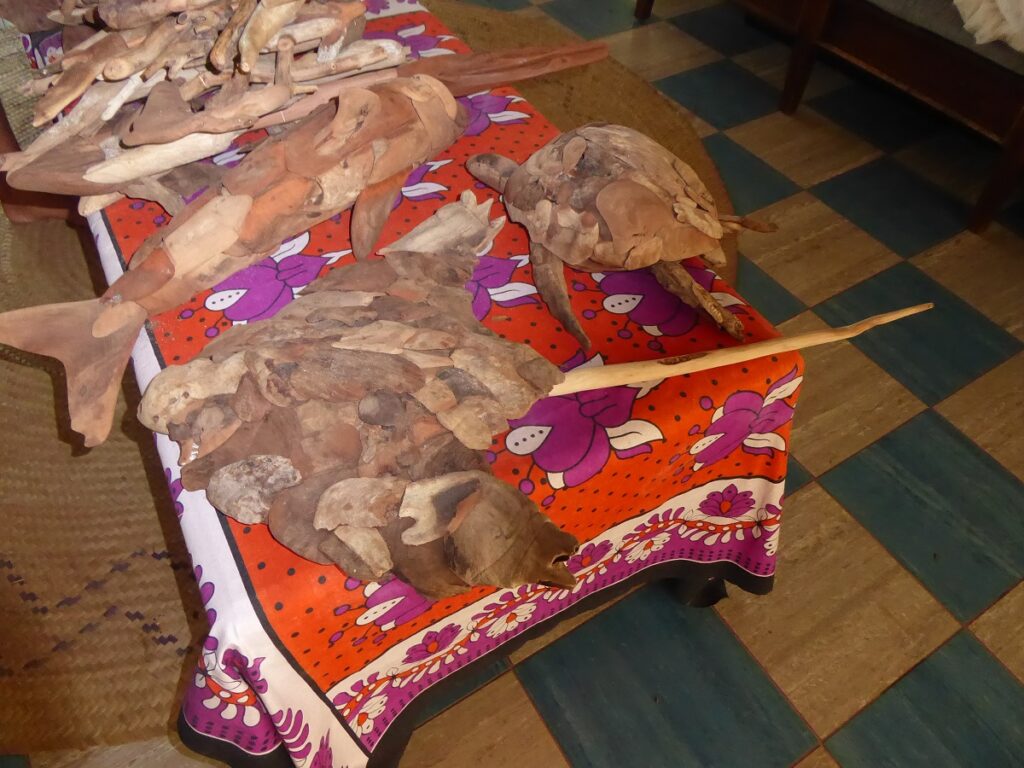
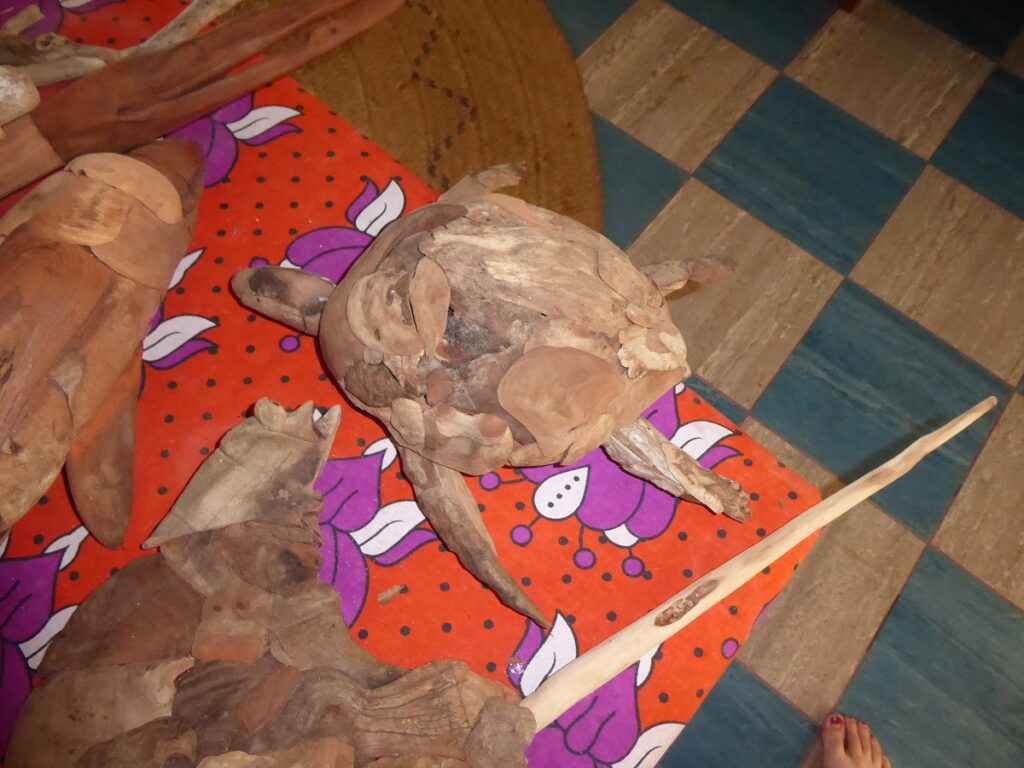
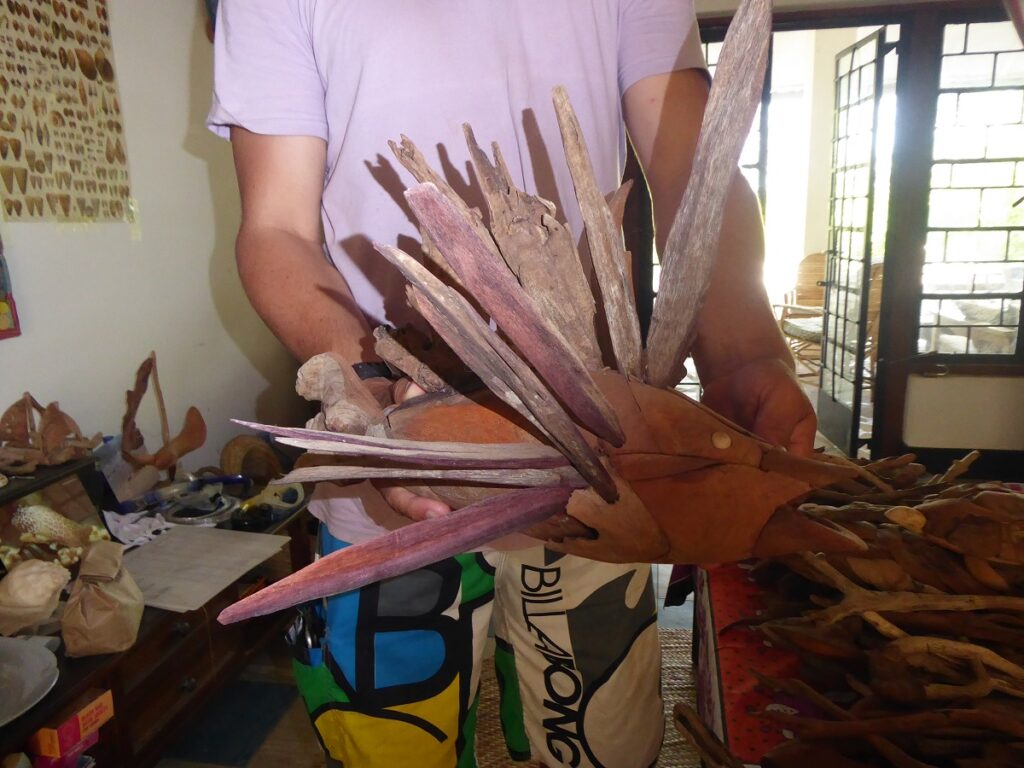
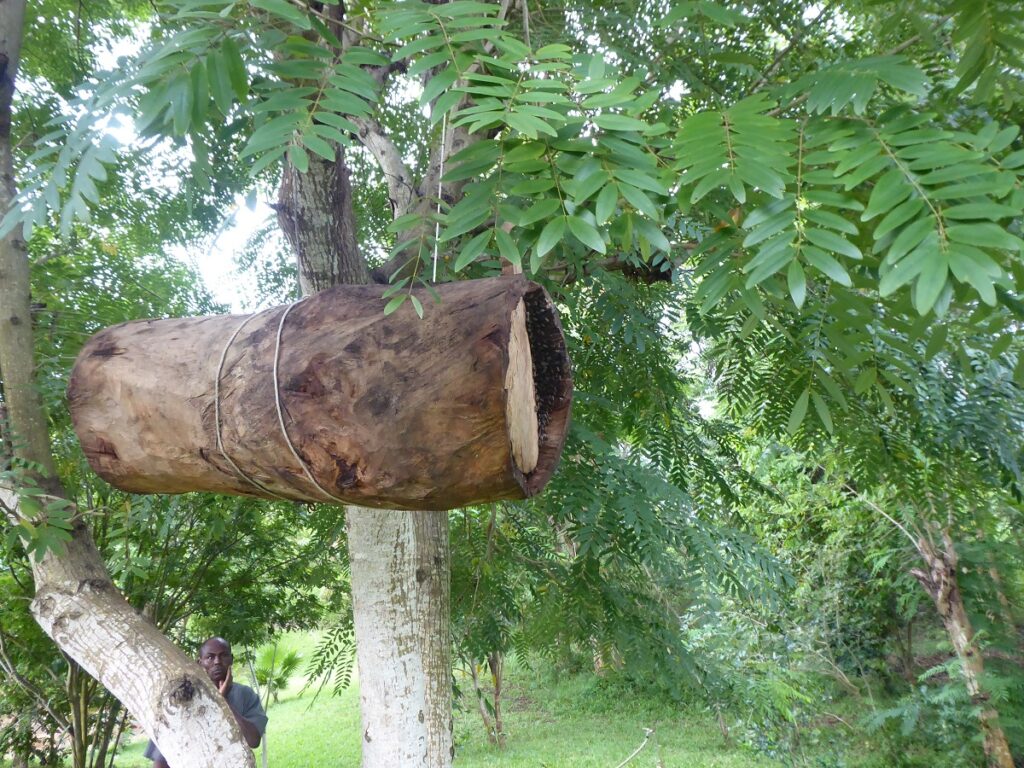
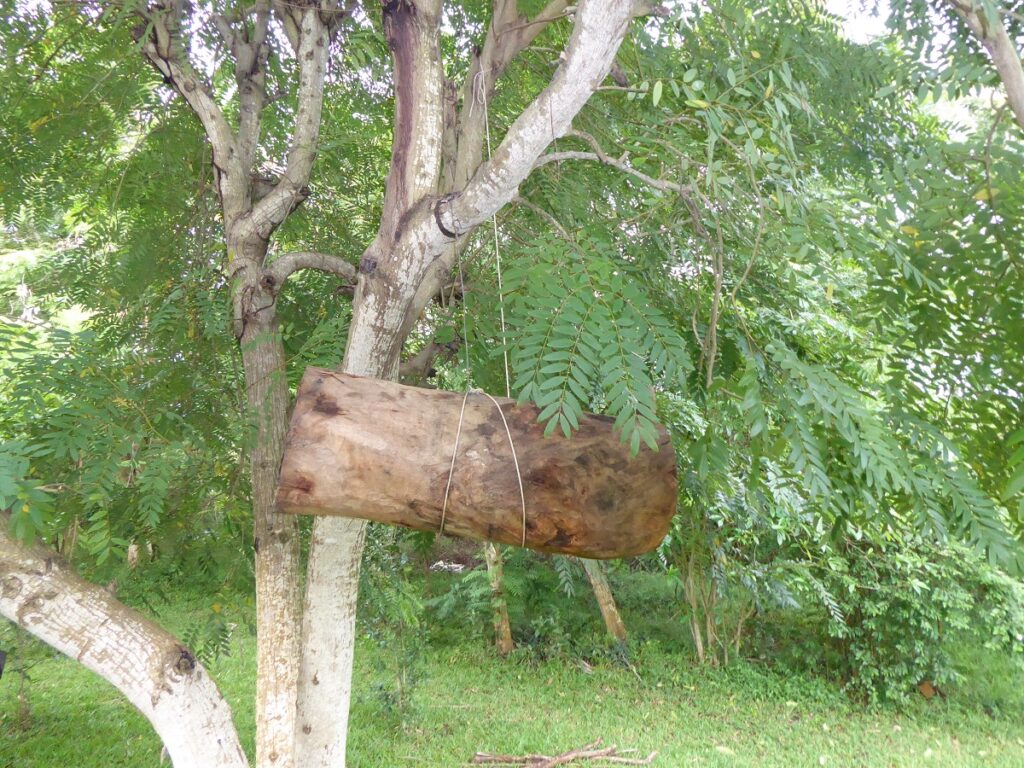
Well done kelly. You have made this so interesting and readable. Certainly so to grandmas living back here in the uk!